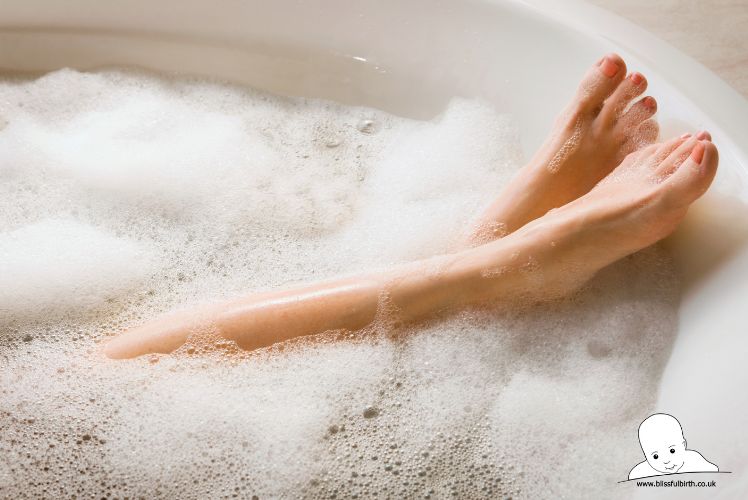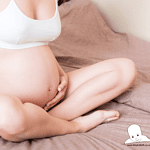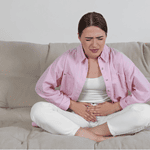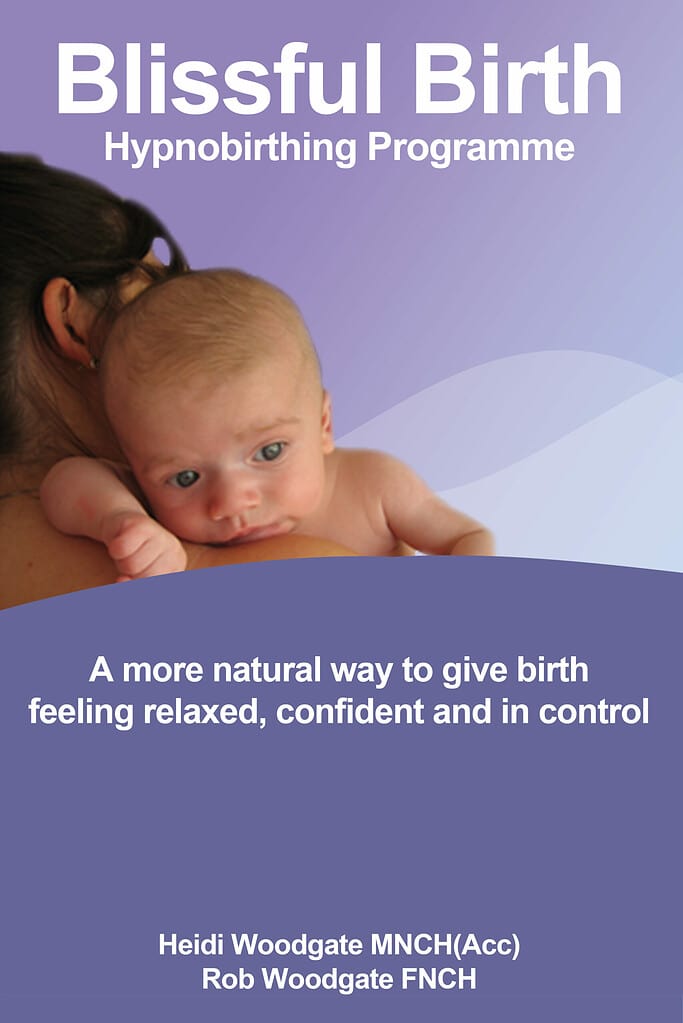A bath is a great way to relax, feel clean and soothe aching muscles, so it’s natural for a woman to want a bath after giving birth. But when can you take one?
This article aims to provide clear, authoritative answers, drawing on both traditional practices and modern medical recommendations. We’ll explore when it’s safe to bathe after childbirth, the role of baths in postpartum care, and the benefits they can offer.

We’ll also delve into necessary precautions and guidelines to ensure your post-delivery bathing experience is both safe and soothing. So, whether you’re a new mother or a supportive loved one, this comprehensive guide is designed to navigate the complexities of postpartum bathing. Let’s dive in!
Table of Contents
When Can You Take a Bath After Giving Birth
Timeline for Bathing After Birth
Generally speaking, it’s best to wait at least four weeks before taking your first bath after childbirth.
This timeline is suggested because, in the first few weeks postpartum, your cervix is still somewhat dilated, regardless of whether you had a vaginal delivery or a C-section.
There’s a theory that tub water could travel into your uterus, introduce bacteria, and cause an infection.
Moreover, if you’ve had any perineal tearing or an episiotomy during childbirth, soaking in a tub for extended periods of time could contribute to wound breakdown.
Variations Depending on the Type of Birth
The timeline for bathing after birth can also vary depending on the type of birth. If you delivered vaginally, you should be able to have a bath in the days after giving birth, much sooner than if you’ve had a C-section.
For those who’ve had a C-section, some patience is required. You’ll have to wait until your incision has healed and your doctor tells you it’s okay, before taking your first bath post-birth. Generally speaking, this can take around three weeks.
The Role of Baths in Postpartum Care
Traditional Practices
Bathing after childbirth has been a part of traditional practices in many cultures. It’s seen as a way to cleanse the body and aid in the healing process.
Some cultures even have specific rituals and herbs they use during the first bath after childbirth. However, these practices vary widely, and it’s always important to consult with a healthcare provider to ensure any postpartum bathing practices are safe and beneficial for your specific situation.
Modern Recommendations
In modern times, the recommendations for bathing after childbirth focus on promoting healing and preventing infection.
For example, if you’ve had a vaginal birth, you can start taking a sitz bath 12 hours after giving birth. A sitz bath involves soaking your pelvic area in warm water to promote healing. This type of “bath” is taken in shorter bursts of time, using only two to three inches of lukewarm water.
It’s a safe and effective way to soothe the perineal area and promote healing after childbirth.
For those who’ve had a C-section, the recommendations are a bit different. You’ll need to wait until your incision has healed before taking a bath.
This usually takes around three weeks. In the meantime, you can keep the area clean by taking showers and letting the water and mild soap run over the incision area. Remember, it’s important to pat the area dry rather than rubbing it, to prevent irritation and promote healing.
Benefits of Taking a Bath After Giving Birth
Bathing after childbirth can bring a wide range of benefits to the mother, from emotional to physical.
Pain Relief and Healing
One of the most significant benefits of bathing post-delivery is the potential for pain relief and healing. The process of giving birth, whether vaginal or cesarean, can cause physical strain and discomfort.
A warm bath can stimulate blood circulation within the body, which can aid in the healing process. Moreover, a normal delivery puts quite a strain on the vagina, and a bath can relieve any pain and discomfort.
Relaxation and Mental Well-being
Beyond the physical benefits, taking a bath after childbirth can also contribute to relaxation and mental well-being.
The act of bathing can help a mother feel cleansed and refreshed, revitalizing her energy to care for her child. The body tends to get sore and tired due to the trauma of pregnancy, and a bath can relax it almost instantly.
Precautions and Recommendations
While bathing after childbirth can be beneficial, it’s also important to take certain precautions to ensure the safety and health of the new mother.
Precautions for Bathing After Childbirth
When preparing for your first bath after delivery, it’s necessary to be as careful as possible to prevent any physical injury or infection. Always make sure that the place of the bath or the tub has been cleaned using disinfectants.
The water used should be free of any microbes, too, and should not be too hot. It’s also recommended to wear a bra or cover your nipples to avoid exposing them to unclean bathwater. Don’t use bath suds or fragrant oils, as they may react with your skin or the wounds differently.
Once your bath is complete, make sure you dry yourself completely and take extra precautions around the wounds, ensuring no moisture stays in them.
Recommendations for Post-Delivery Bathing
For women who have given vaginal birth, most doctors ask them to go for a bath whenever they can. Hot tub baths are still to be avoided since they might be unclean. However, this is not the case if your perineum has had to undergo stitches after your delivery was complete.
It is a similar case for women who have also experienced a cesarean delivery. Since stitches and incisions are present on the body and they are yet to be healed completely, the doctors do not wish to take any chance with exposing them to sources of infection.
This might result in you staying away from a bath for about four to six weeks as well.
Conclusion
In conclusion, the question of when and how to take a bath after giving birth is one that requires careful consideration. The timeline can vary depending on the type of birth, with vaginal births generally allowing for bathing sooner than C-sections. Baths can play a significant role in postpartum care, offering benefits such as pain relief, healing, relaxation, and mental well-being.
However, it’s crucial to take certain precautions when bathing after childbirth to prevent infection and promote healing. These precautions include ensuring cleanliness, avoiding hot water, and taking special care around any wounds or stitches.
Always remember to consult with your healthcare provider before taking a bath after giving birth, as they can provide personalized advice based on your individual situation and recovery. Taking these steps can help ensure a safe and beneficial postpartum bathing experience.




